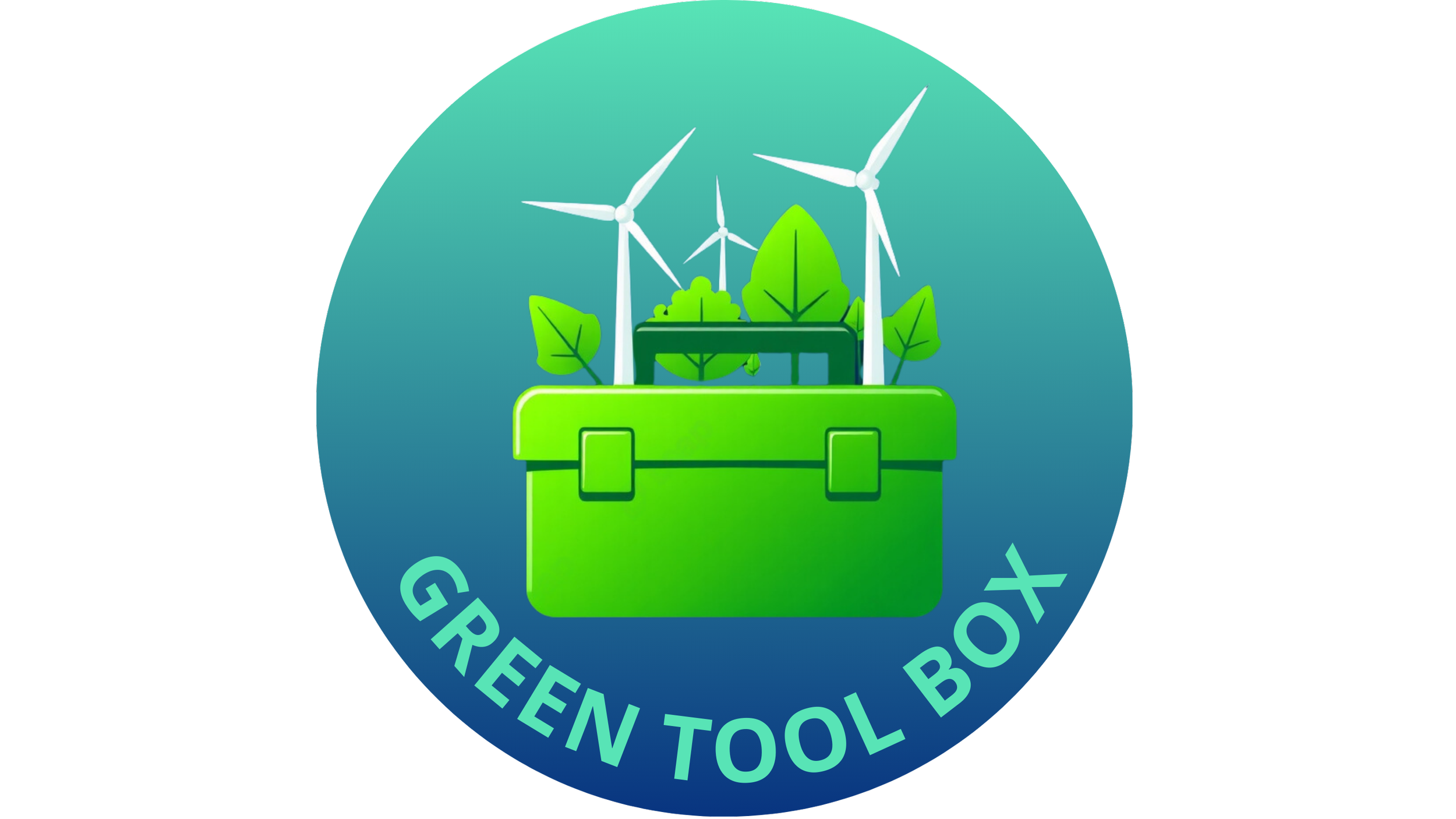
Beyond Procurement: Where Sustainability Meets Profitability
Here’s what’s at stake:
RISING COSTS
Energy and operational expenses will continue to increase.
REGULATORY PENALTIES
Non-compliance with environmental laws could mean heavy fines.
REPUTATION DAMAGE
Businesses that fail to act lose customers and investor confidence.
COMPETITIVE DISADVANTAGE
Falling behind means missing out on tenders and bids.
SUPPLY CHAIN PRESSURE
Clients demanding sustainability – don’t get left out.

CARBON REDUCTION
Our bespoke Beyond2030 plan will support your business whatever stage of the Net Zero journey you find yourselves on.
There are no upfront costs, no contract, no risk.



Future-proof your organisation by working with Beyond Procurement to secure these advantages:

Carbon Footprint Measurement
Scopes 1, 2 and 3 Reduction
Carbon Reduction Plan (CRP) & Implementation
Supply Chain Decarbonisation
Carbon Neutral and Net Zero Certification
Marketing & Media Support
Governance & Policy Writing
ESG, SECR, and ESOS Reporting
Carbon Offsetting
Net Zero Planning
Framework of Suppliers

COST REDUCTION
Sustainable Savings for Success
Are you a business looking to cut costs and improve sustainability, or a membership organisation seeking to help your members do the same?
Let’s work together to unlock savings, reduce carbon footprints, and deliver real lasting benefits—whether for your own business or the members you support.

The Green ToolBox platform finds more savings with less effort.
Unmatched savings and the best rates on all your business costs.
SMEs save £3,500 pa on average, also included is a rewards package worth over £7,000.

Our Impact in Numbers
17+
Years of Expertise
£10m+
Clients Savings
10,535+
Managed tCO2e
10,000+
Clients Served
Book a Free Consultation with Beyond Procurement

Why Beyond Procurement?
-
Luccombe Hotels
We sought a partner to guide us on our journey to Net Zero. Beyond Procurement meticulously analysed all our carbon emissions data, identifying 250 tco2e of improvement. We are currently mitigating through verified carbon offsets. We particularly appreciated their proactive and bespoke approach. Invaluable in analysing our supply chain and identifying opportunities to reduce our environmental impact. We highly recommend Beyond Procurement to any organisation seeking to enhance their sustainability performance. Their expertise, professionalism, and commitment to client success are truly exceptional.
-
Altrincham BID
The Support that the team have provided has been invaluable, not only as a cost saving mechanic for our Levy Payers but also as formal engagement from the BID. The need to deliver tangible benefits along with the wider business plan is important for any BID and they have shown their ability to do this in a professional and effective way which has been well received from many of our investors.
-
Worcestor BID
We have chosen to deliver a cost savings programme for our Worcester BID businesses, as this is a fantastic project applicable across sectors and for businesses to see a direct financial benefit. The team has been our partner of choice for this due to their knowledge of BIDs, which is advantageous during business visits, as well as being the market leader within the BID industry and the leverage this represents in getting our businesses the best possible deals. Within the first 4 months since launching the scheme in October 2018 over £50,000 worth of savings have been identified for business. The cost savings project is a great way for businesses to benefit directly and receive a return on their BID levy – more than their actual levy. We are pleased with the friendly and supportive service provided by the Savings team – from presentations at our City Sessions, one to one business meetings and follow up with businesses and the Worcester BID team.
-
North Notts BID
As the UKs first ever area-wide BID, we need to offer tangible benefits to all of our BID members, whether they be town centre, industrial or rural based. A BID savings scheme seemed the perfect option, and after reviewing a few alternative providers, we chose this team of specialist savings providers, who work with national BIDs. 12 months in and we have not been disappointed. The passionate team have been extremely professional and covered our very wide and diverse area with diligence. They have made an incredible amount of projected savings and actual savings for our BID members already, so I can highly recommend.
-
Newbury BID
The service we have received from the team has been superb. We have used them now on two occasions during our first and second terms. The products that we can offer allow us to give tangible benefits to our levy payers, which has resulted in many businesses becoming a lot more supportive and engaging of our work. Our consultant has been a huge support, not only in getting businesses to sign up to the service, but in terms of promoting our work in general and the benefits that the BID can have to them as a business. Their experience and background in BIDs means they can answer many of the questions posed by businesses. The relationship we have built with the team, who always go out of their way to find the best deal and value for money for you, has help us build a strong business relationship that we, and more importantly, our levy payers are benefiting from. A must for any BID.
-
Lichfield BID
To be seen as an effective and intelligent BID, we quickly sought to engage a company who could offer support in an area of significant challenge to our businesses; that of utility costs. Our thought process was that if we could do nothing else, we could perhaps save businesses the value of their BID levy and therefore minimise the perceived impact of the BID Levy. Naturally our investigations saw us engage with a range of companies, most of whom were little interested in our needs as a BID. That is where the saving team won us over. They know BID world and appreciate what we are under pressure to deliver and they do it with a model that seeks to support BIDs in the most effective way. Their engagement has seen significant identified savings, in a very short time. That has been a real eye opener and one which we can really start to convert to actual savings.
-
Kingston BID
We used the Cost Savings scheme as a fresh platform to engage with our members, specifically our professional and office sectors, along with our valued independents, the initiative provided positive benefits and noticeable savings to their bottom line. The scheme was well received and acted as a conduit for us to engage with our members, promote our services and build on our relationships with these key sectors.
-
Wakefield BID
The savings team knowledge and experience has provided many of our levy payers with real savings, adding up to tens of thousands of pounds. To date they have saved our members over £65,000. They understand BIDs and get levy payers which is always a benefit to all concerned. Their professionalism, experience and dedication is what sets them apart from the masses. They support the industry and provide clear cut unbiased advice to our members regardless of sector and size. An invaluable service for any BID considering business support for members.
-
Basingstoke Multicultural Forum
I just like to say a thank you to you for introducing the savings team to us at the BMF. We did just enter a three year electricity contract which will save us around £3.5K over the duration, based on information sourced. After selecting the right deal for us, they took care of all the hassle and apart from being billed by a new company now, we did not notice a thing. Thank you team and thank you BID.
-
NEWTEC
Since we have been part of the Stratford Bid, Newham Training and Education Centre (NEWTEC) has saved money on our utility bills and waste management. The service and the termination process is well managed. NEWTEC will continue to work with the saving team to obtain further reductions in costs and increase efficiency in our business.
-
Land Law LLP
The experience was very quick and simple. Passed them copies of our utility and telephone bills and they came back with savings well in excess of our bid levy fee. They did all the work and we gained the benefit.
-
Seven Bar Group
The saving team and the Brixton Bid were fantastic in helping us cut costs across our two Brixton business. Providing quick and detailed comparisons on areas such as energy, refuse, card machine costs and telephones, they’ve helped us secure some great savings across the board and saved us plenty of time.
-
Southgate Art Gallery
Thanks to the procurement team we are about to significantly reduce our electricity costs and make savings on our energy bill. As members of the Exeter BID our art gallery and picture framing business is set to benefit from their research which has led to us switching energy supplier. They provided us with an analysis of costs and organised the switch for us. Many thanks team.”
-
E-Act
Sue and her colleagues have been a pleasure to work with. We've been able to save significant amounts of money through their negotiations with suppliers for our BID. They've provided a valuable service, and have been friendly and responsive to our needs.
-
Spencer Ogden
The BID have been integral with helping understand where we can be making significant savings to vital company services. The BID have helped us recognise services we wouldn't normally consider for cost saving. Their guidance and support through each process has certainly taken this off our hands making this a smooth and time saving process.
-
Wild Game
I have nothing but great things to say about the BID savings team. They've been an absolute pleasure to deal with. What has impressed me the most is how quick to act and problem solve Sue has been when dealing with supplier issues on our behalf.
-
Rivet & Hide
Sue made every effort to see me as soon as I joined the BID. She has a friendly and reassuring manner and clearly explained to me what benefits are available within the bid. She even brought me hobnobs! She has periodically touched base with me and assured me she is at hand if I need to contact her.
-
Blackfrairs Restaurant
If you'd like to make savings on your running costs then I'd certainly recommend getting your BID Savings Team, in. We did and so made savings that we wouldn't have been able to secure as we don't have the knowledge or time. This team have both. It takes little effort on your part and you'll benefit from big savings.
-
Hunter Boot
The Saving Team took the effort away from finding a new electricity supplier for our current and new office. Communication was excellent, they completed the whole process from start to finish quickly and efficiently, time I simply didn't have. Our electricity costs have been dramatically reduced. I can always count on the Savings Team if I ever need any savings on my bills.
-
Redfords
Any business can save money with their easy to use procurement service. We did and are delighted with the little time it took to make big savings.
-
Camden Federation of Private Tenants (CFPT)
We'd highly recommend. The team enabled us to save considerable amounts on our electricity bills. It takes little time, they are experienced in their field and the team are efficient and helpful.
-
The Eclipse Inn
With little time and effort on my part. The saving team assessed my previous electricity tariff, made some changes and enabled me to make savings of over £1,600. I took confidence from their expert BID involvement and friendly, non-pushy style. It would be crazy not to let this expert team make savings for you too!
-
Marie Stopes International
I think the BID savings team have done a great job sourcing and forming good relationships with preferred suppliers. Ensuring that as the customer, my needs are taken care of in terms of delivery, quality, and costs of services.
-
Brayleino
The Savings Team are great and personable. I’m sure they deal with many companies, but when you speak to them I feel as they know who I am and that I, and my company, are not just a number and quota to fill.
-
David Miller Architects
From our experience I have found the service exceptionally good, all staff have been very helpful and have been able to assist with any queries. For example the savings team were able to do a comparison on our staff mobile phones and was able to find a cheap price for both phones. they then helped us through the process of changing networks. As well as this they been able to assist with any further queries we have had further down the line in terms of our contract and network. I can’t think of anything in particular that you could do to improve your service.
-
Highly Sprung
I am very happy with every aspect of the service and find people helpful, efficient and easy to deal with.
-
The Doctors Laboratory
The savings team are clearly experts in the field of procurement and TDL have benefitted greatly from their advice and guidance, particularly with regards to utilities procurement which I have always found to be an onerous task due to the complex nature of the utilities procurement process. Thanks to the savings team I am no longer concerned regarding our ability to secure competitive pricing without affecting our service levels. I have no hesitation in recommending the team.
-
House of Fisher
Thanks to Reading BID, we were able to work with Beyond Procurement. We are really pushing forward with our green agenda and our sustainability policies, so it was great to work with Beyond Procurement to establish our carbon footprint for our flagship aparthotel in , and to get advice on and contacts for further green improvements that we can make in the near future.
-
Burpin Rons Winchester
We wanted to ensure best practice from the start and the available LoCASE grant has allowed us to buy a more sustainable transport method. Crispin of Beyond Procurement has been really helpful, on hand to answer questions and give advise on where best we should invest. All in all, a very positive start and we will continue to review all operations to ensure they are as environmentally friendly as possible.
-
Earthian Giids Ltd Winchester
Working with the team at Beyond Procurement has been exactly what we needed. Having already done our best to reduce our emissions on our own, working with someone to bring it together and see real figures was really worthwhile for our business. Beyond Procurement were able to give us great advice and guidance on next steps, we also learnt quite a bit about the journey to Net Zero that has made us feel empowered to make further changes this year.
-
Tectonics
We are constantly busy serving customer orders and growing. We take the climate emergency seriously, so bringing in Beyond Procurement made good business sense. They have the expertise in this field that we don’t have, though our internal awareness campaigns will begin change that. Beyond Procurement made it painless for us and it’s good having a plan in place for reducing future emissions.
-
Suits and Boots
Beyond Procurement have successful helped us become carbon neutral by working alongside us to help us achieve the most sustainable plan to run our business. It was important to us to engage and work alongside a company who understand our company’s cultures and values which we found in Beyond procurement. We have already started to see the positive effects of our changes within the business and we look forward to adapting and evolving our strategy as our business grows.
See the pioneering and innovative approach of Beyond Procurement in this brief video.





















































